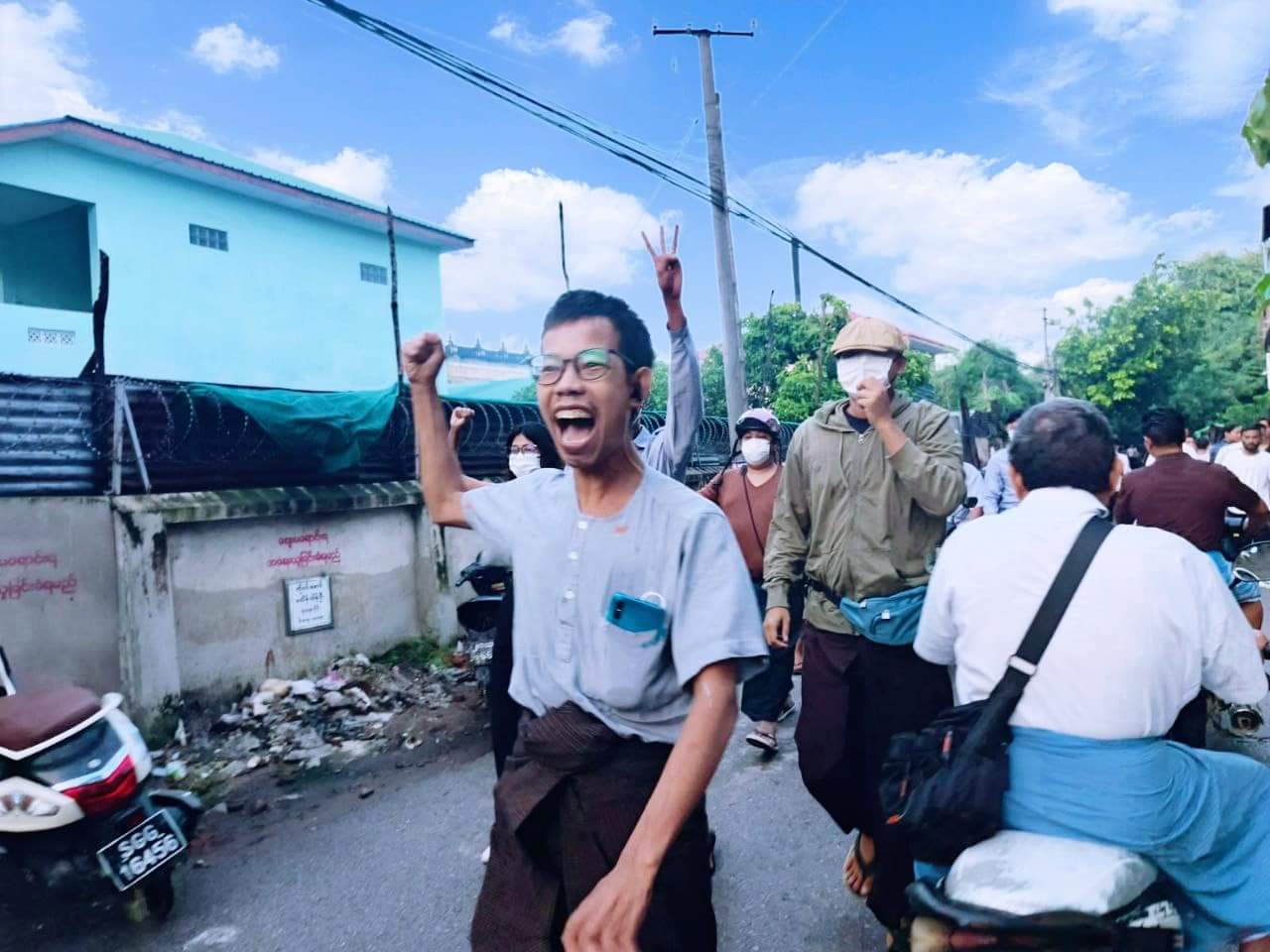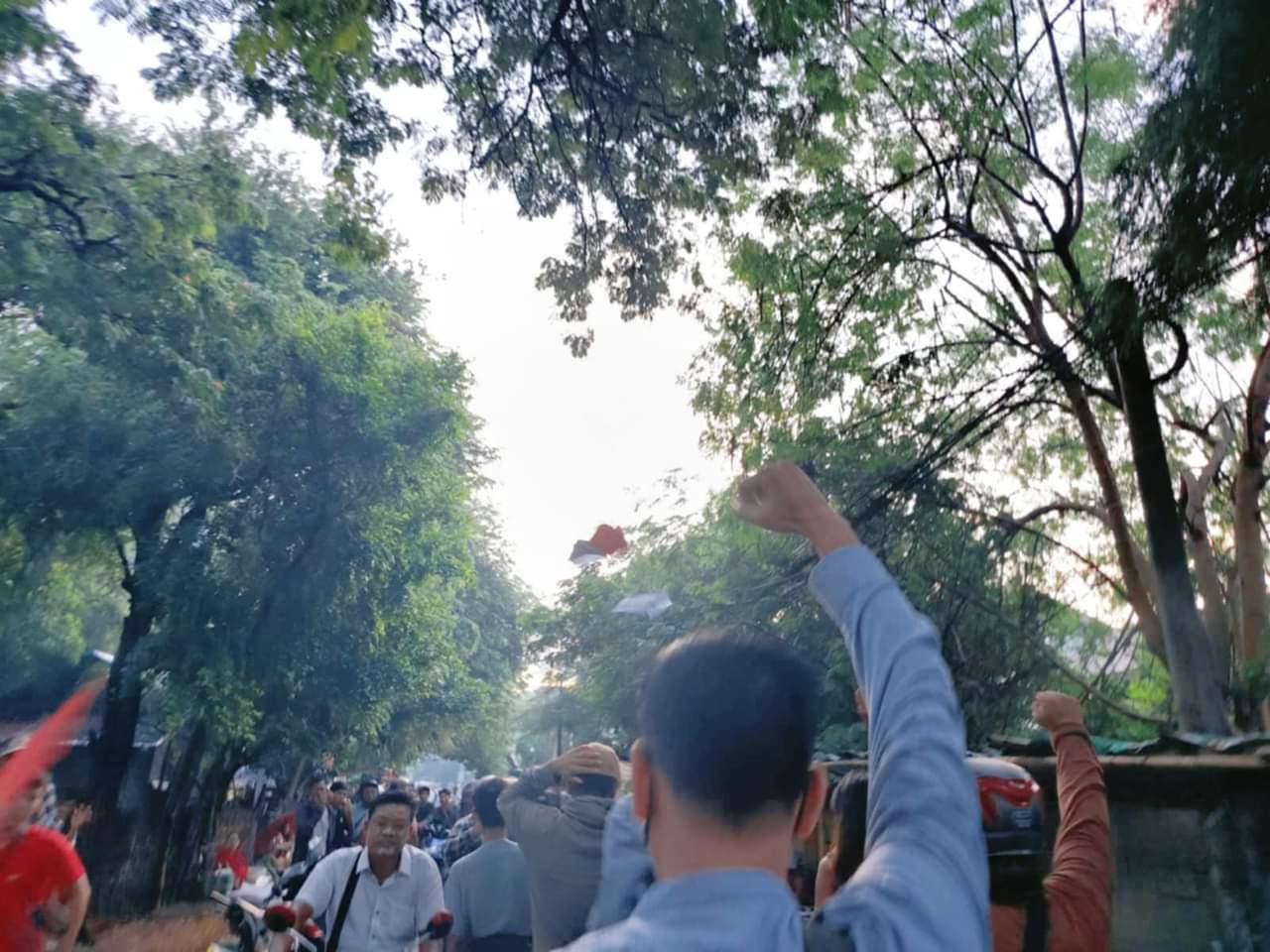
The integration of AI with people analytics holds significant promise for transforming how organizations understand and manage their workforce. Here are several key aspects of how this integration can impact various dimensions of human resources and organizational performance:
### 1. **Deeper Insights into Workforce Dynamics**- **Data-Driven Understanding**: AI enhances people analytics by analyzing complex datasets, enabling HR professionals to gain deeper insights into workforce dynamics, engagement levels, and overall organizational health.








– **Holistic View**: This integration allows organizations to see the complete picture of their workforce, including performance trends, employee satisfaction, and turnover rates.
### 2. **Predictive Capabilities**
– **Anticipating Trends**: AI techniques like machine learning can help HR departments predict issues before they arise, such as identifying employees at risk of leaving the organization or forecasting future hiring needs.
– **Scenario Analysis**: Organizations can run “what-if” scenarios to understand the potential impacts of changes in policies, structures, or market conditions on their workforce.
### 3. **Enhanced Talent Acquisition**
– **Automated Candidate Screening**: AI can streamline the hiring process by automating the initial screening of candidates based on competency and cultural fit, leading to faster and more efficient hiring.
– **Improved Job Matching**: Machine learning algorithms can match candidates to roles that align with their skills and aspirations, ensuring a better fit and higher retention rates.
### 4. **Personalization of Employee Experience**
– **Tailored Development Plans**: AI-driven analytics can identify individual employee strengths and weaknesses, enabling the creation of personalized learning and development programs that cater to each employee’s career goals.
– **Continuous Feedback and Engagement**: AI tools can facilitate ongoing feedback mechanisms, allowing employees to receive real-time insights into their performance and engagement levels.
### 5. **Diversity and Inclusion Advancement**
– **Bias Detection and Mitigation**: AI can analyze recruitment and promotion processes to identify potential biases, helping organizations build more diverse and inclusive work environments.
– **Measuring Diversity Impact**: Advanced analytics can track diversity metrics and assess the effectiveness of diversity initiatives, enabling organizations to make data-driven adjustments.
### 6. **Strategic Workforce Planning**
– **Skill Gap Analysis**: Organizations can leverage AI to assess current skills within the workforce and forecast future skill needs, allowing for proactive upskilling and recruitment efforts.
– **Resource Optimization**: With predictive analytics, HR leaders can make informed decisions about where to allocate resources most effectively based on current and anticipated demand.
### 7. **Operational Efficiency**
– **Process Automation**: Integrating AI can streamline numerous HR processes, from payroll and benefits management to compliance tracking, thereby freeing up HR professionals to focus on strategic initiatives.
– **Cost Reduction**: By automating and optimizing HR operations, organizations can reduce overhead costs associated with manual processes and improve overall efficiency.
### 8. **Enhanced Employee Engagement**
– **Real-Time Sentiment Analysis**: AI can analyze employee feedback from various channels (such as surveys and informal communication) to gauge sentiment and engagement levels in real-time, allowing for prompt action on areas of concern.
– **Employee Retention Strategies**: By understanding engagement patterns, organizations can implement proactive measures to retain top talent and reduce turnover rates.
### Conclusion
The integration of AI with people analytics is not just about enhancing HR processes; it fundamentally shifts how organizations operate and engage with their employees. By leveraging data-driven insights and predictive capabilities, companies can make more informed decisions that align with their strategic goals, foster a positive workplace culture, and ultimately drive business success. As organizations increasingly recognize the value of their human capital, the combination of AI and people analytics will become essential for maintaining a competitive edge in the ever-evolving business landscape.

Leave a Reply